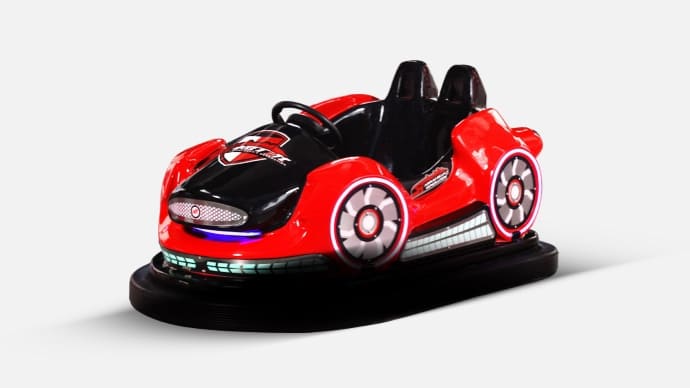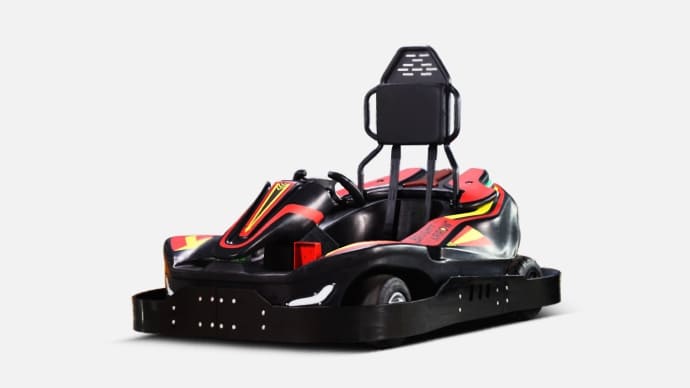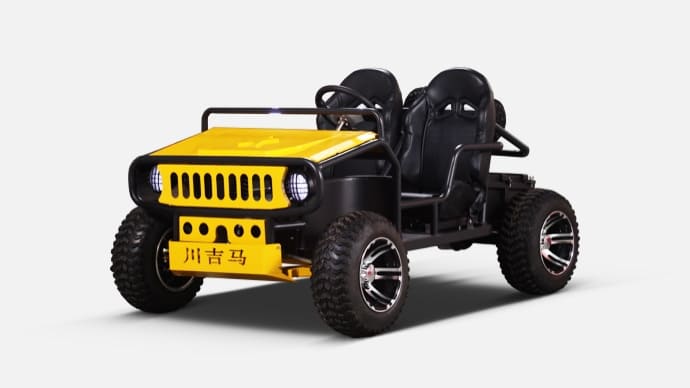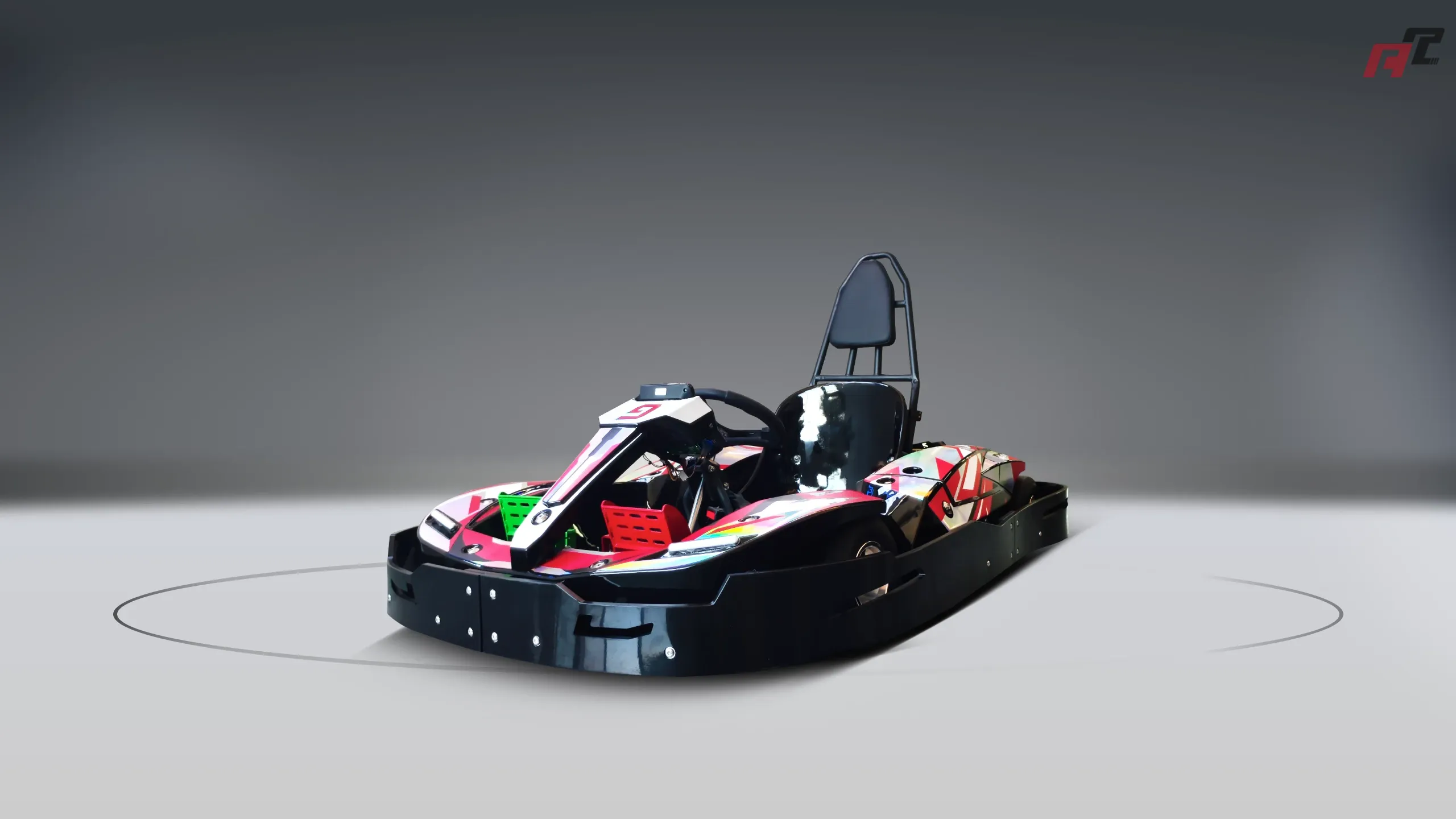why do bumper cars have rubber bumpers | ANCHI Guide
Explore the reasons behind rubber bumpers on bumper cars, covering safety, durability, and impact absorption. Learn about materials, designs, and industry standards. Perfect for go-kart track owners and operators seeking to understand bumper car mechanics. ANCHI
Understanding Bumper Car Bumpers: A Guide for Go-Kart Professionals
Bumper cars, a staple in amusement parks and family entertainment centers, are known for their chaotic fun. But behind the seemingly random collisions lies careful engineering, particularly in the design and function of their rubber bumpers. As professionals in the go-kart industry, understanding the nuances of bumper car technology can provide valuable insights into safety, maintenance, and overall operational efficiency. Let's address some frequently asked questions:
Why are bumper cars equipped with rubber bumpers?
The primary reason for using rubber bumpers on bumper cars is to *absorb impact energy*. Rubber, especially formulated elastomers, is highly effective at cushioning collisions, reducing the force transmitted to both the vehicle and the occupants. This helps to minimize the risk of injury, such as whiplash or other impact-related trauma. Furthermore, rubber bumpers protect the structural integrity of the bumper car itself, preventing damage from repeated impacts. The bumpers act as a deformable barrier, taking the brunt of the force and preventing more costly repairs down the line.
What type of rubber is used for bumper car bumpers?
While the specific formulation can vary, bumper car bumpers typically use a blend of natural and synthetic rubber compounds. Natural rubber offers excellent resilience and abrasion resistance, while synthetic rubbers like styrene-butadiene rubber (SBR) or ethylene propylene diene monomer (EPDM) can enhance durability, weather resistance, and resistance to ozone and UV degradation. The exact mix is tailored to achieve the optimal balance of impact absorption, longevity, and cost-effectiveness. The rubber is usually molded or extruded into a specific shape that maximizes its energy-absorbing capabilities.
How do rubber bumpers contribute to the safety of bumper cars?
Rubber bumpers are a crucial element of bumper car safety. By absorbing a significant portion of the impact energy, they significantly reduce the risk of injuries to riders. They also help to distribute the force of the impact more evenly across the bumper car's structure, preventing localized stress points that could lead to damage or failure. Modern bumper car designs often incorporate additional safety features, such as seatbelts and padded seats, further enhancing rider protection. Regular inspection and maintenance of the bumpers are essential to ensure they retain their effectiveness.
Are there different designs of rubber bumpers for bumper cars?
Yes, there are various designs of rubber bumpers used on bumper cars, each offering different levels of protection and aesthetic appeal. Common designs include:
* **Solid Bumpers:** Simple and robust, offering reliable impact absorption.
* **Hollow Bumpers:** Lighter in weight, potentially offering greater flexibility and energy absorption.
* **Segmented Bumpers:** Designed with individual rubber segments that can be easily replaced if damaged.
* **Shaped Bumpers:** Custom-designed to enhance the car's appearance while providing impact protection. These shapes often include curves and angles that further distribute impact forces.
The choice of bumper design often depends on factors such as the target age group of riders, the desired level of impact protection, and the overall aesthetic of the bumper car fleet.
How often should bumper car rubber bumpers be replaced?
The lifespan of a bumper car's rubber bumpers depends on several factors, including the frequency of use, the intensity of collisions, and the environmental conditions. Regular inspections are crucial to identify signs of wear and tear, such as cracks, tears, or excessive deformation. As a general guideline, it's recommended to replace bumpers every 1-3 years, or sooner if significant damage is observed. Implementing a preventative maintenance program that includes routine bumper inspections and replacements can help to ensure the continued safety and reliability of your bumper car operation.
By understanding the science and engineering behind bumper car bumpers, go-kart industry professionals can make informed decisions about equipment selection, maintenance practices, and safety protocols, ly enhancing the overall experience for their customers.














